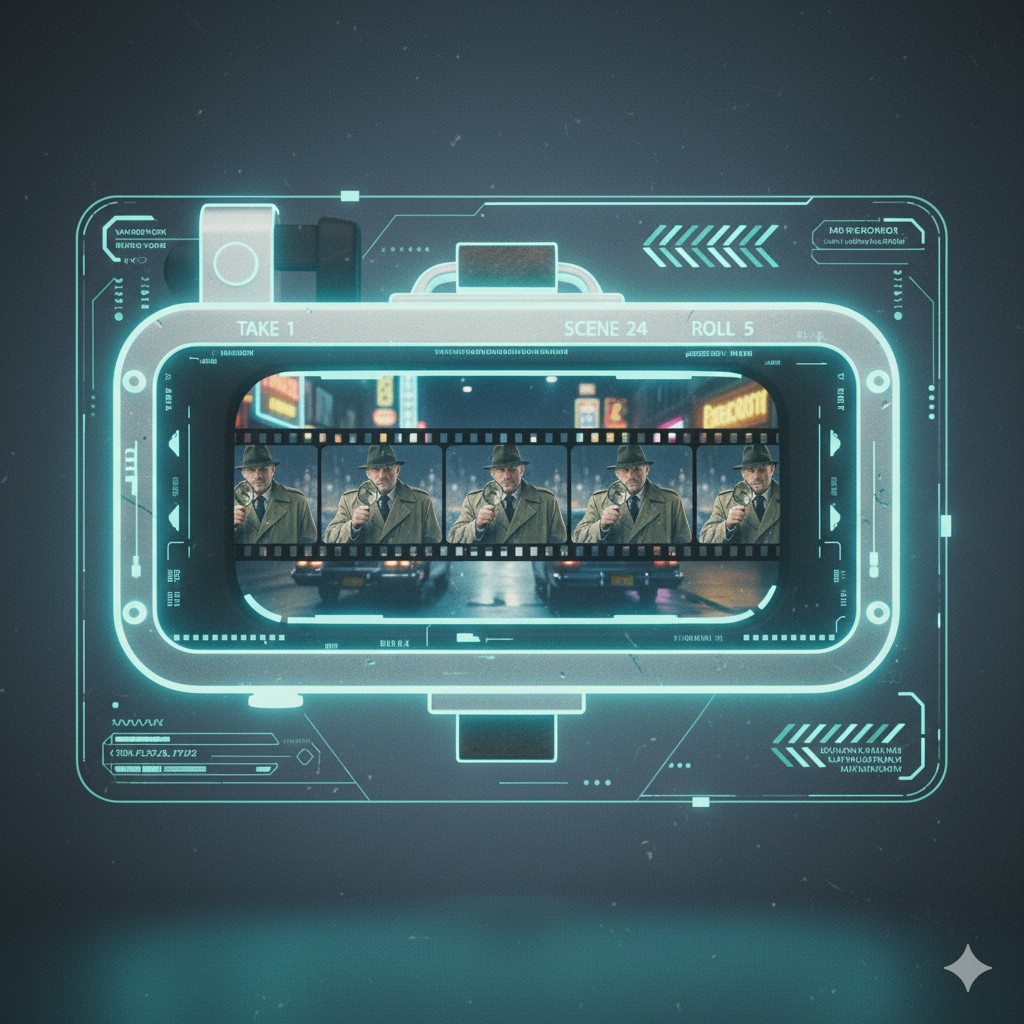Your AI Character Has a New Face in Every Shot. Here's How to Fix It.
Text-to-video is a lottery for character consistency. Image-to-video is the cheat code. Learn why this single feature is non-negotiable for serious creators.

The Unsolvable Problem of Text-to-Video
You've spent hours crafting the perfect character description. "A grizzled space marine with a cybernetic eye and a scar over his left eyebrow."
The first shot is perfect. The second? He's suddenly clean-shaven and the scar has mysteriously switched sides. By the third shot, he's a completely different person. Sound familiar?
This is the fundamental lottery of text-to-video generation. You're rolling the dice with every new prompt, hoping the AI remembers. It rarely does. For any serious project, this is a non-starter.
Image-to-Video Isn't a Feature, It's the Solution
This is where creators separate themselves from hobbyists. Instead of describing your character over and over, you give the AI a definitive reference point: a source image.
By using an image as the foundation for your video prompt, you are no longer asking the AI to *imagine* your character. You are *showing* it.
This simple shift in workflow changes everything:
- Absolute Consistency: Your character's face, clothing, and key features remain identical across every shot and every scene.
- Deeper Control: You can now focus your text prompt on what the character is doing, not what they look like. The AI has a solid visual anchor, freeing it up to concentrate on action.
- Massive Time Savings: Stop re-rolling shots 50 times to get a face that "looks close enough." Generate your perfect character image once, then use it as the blueprint for your entire project.
The New Workflow for Serious Creators
Stop thinking in single prompts. Start thinking in assets.
Your first step should always be creating a definitive "character sheet" with a tool like Midjourney or Stable Diffusion. Once you have that perfect, high-quality image of your character, you can bring it into a powerful video model like VEO 3.
This is why tools that allow for complex, structured prompting are so essential. They are built for this professional workflow, allowing you to combine a source image with precise instructions for action, cinematography, and sound.
The Bottom Line
Text-to-video is fun for experiments and random clips. But for telling a consistent story, building a brand, or creating a professional product, image-to-video is how you build a world.